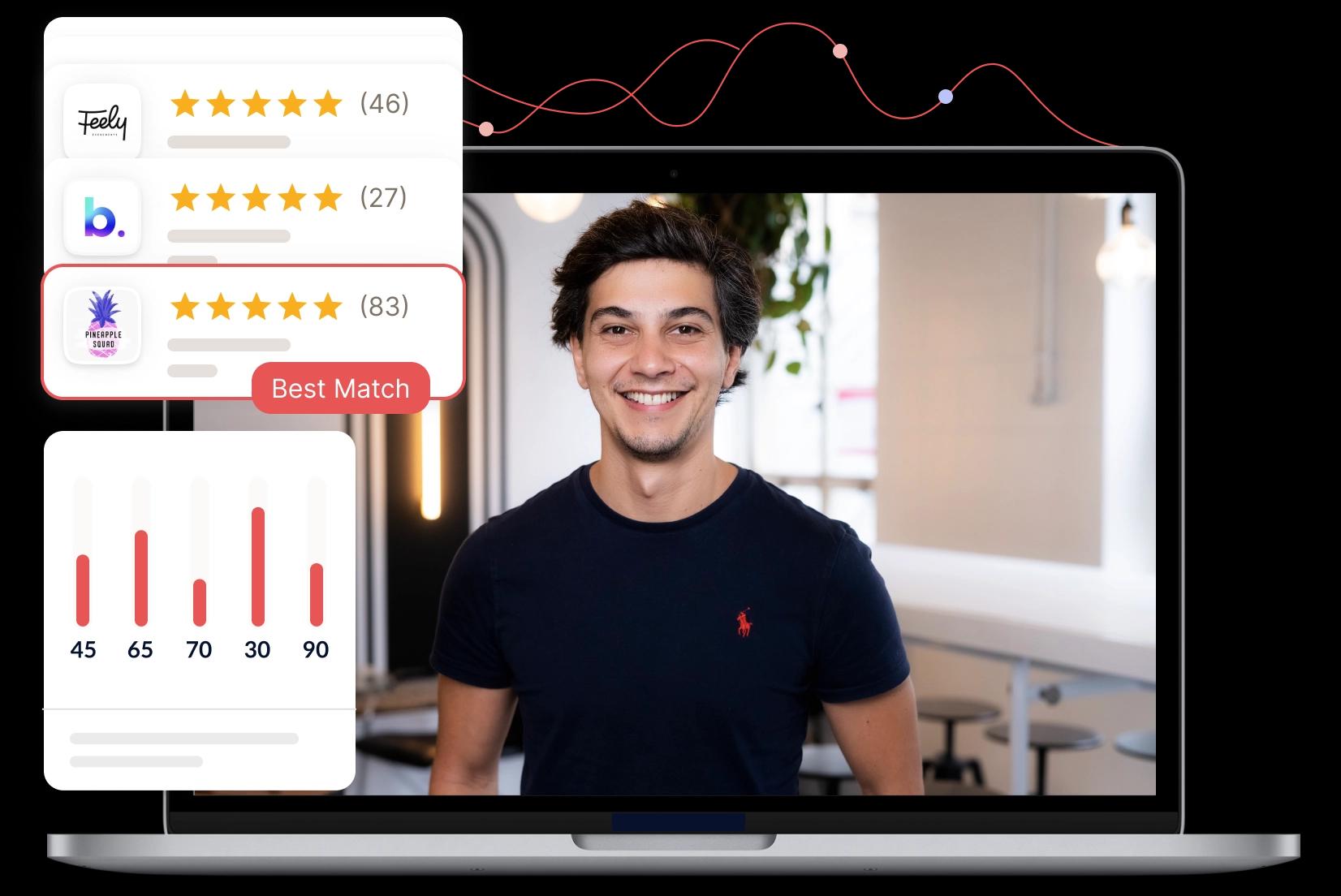We are a team of marketing professionals, who provide 360° marketing & advertising services.
List of the top App Store Optimisation Services in the United States
- RecommendedAward-winner14 works in App Store OptimisationActive in the United StatesFrom €1000 for App Store Optimisation
- 5(11 reviews)
We are a team of marketing professionals, who provide 360° marketing & advertising services.
No work in App Store OptimisationActive in the United StatesFrom €1000 for App Store Optimisation - RecommendedAward-winnerNo work in App Store OptimisationActive in the United StatesFrom €650 for App Store Optimisation
- RecommendedAward-winner1 work in App Store OptimisationActive in the United StatesFrom €800 for App Store Optimisation
- RecommendedAward-winnerNo work in App Store OptimisationActive in the United StatesFrom €400 for App Store Optimisation
NinjaPromo. Full-Stack Marketing Agency
5(32 reviews)Kickstart your journey toward higher levels of visibility, traffic, conversions, sales and ROI.
RecommendedAward-winnerNo work in App Store OptimisationActive in the United StatesFrom €1000 for App Store Optimisation- RecommendedAward-winnerNo work in App Store OptimisationActive in the United StatesFrom €1000 for App Store Optimisation
- Award-winnerNo work in App Store OptimisationActive in the United StatesFrom €1000 for App Store Optimisation
- RecommendedAward-winnerNo work in App Store OptimisationActive in the United StatesFrom €1000 for App Store Optimisation
- RecommendedAward-winnerNo work in App Store OptimisationActive in the United StatesFrom €1000 for App Store Optimisation
- Award-winnerNo work in App Store OptimisationActive in the United StatesFrom €100 for App Store Optimisation
- No work in App Store OptimisationActive in the United StatesFrom €1000 for App Store Optimisation
- RecommendedAward-winnerNo work in App Store OptimisationActive in the United StatesFrom €1000 for App Store Optimisation
- RecommendedAward-winnerNo work in App Store OptimisationActive in the United StatesFrom €1000 for App Store Optimisation
- RecommendedNo work in App Store OptimisationActive in the United StatesFrom €99 for App Store Optimisation
- 5(1 review)RecommendedNo work in App Store OptimisationActive in the United StatesFrom €1000 for App Store Optimisation
- 5(1 review)RecommendedAward-winnerNo work in App Store OptimisationActive in the United StatesFrom €1000 for App Store Optimisation
- RecommendedNo work in App Store OptimisationActive in the United StatesFrom €1000 for App Store Optimisation
- RecommendedNo work in App Store OptimisationActive in the United StatesFrom €1000 for App Store Optimisation
- RecommendedAward-winnerNo work in App Store OptimisationActive in the United StatesFrom €200 for App Store Optimisation
